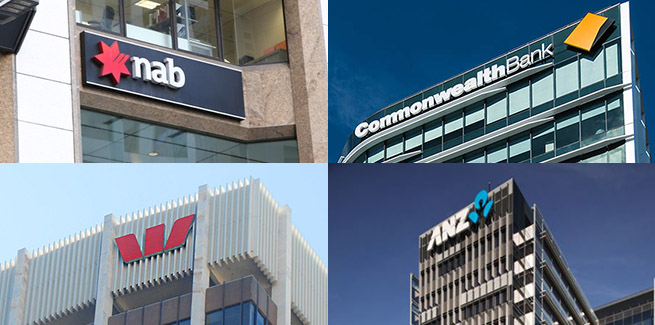New data from online broking platform Lendi – which analyses loan submissions across 38 lenders – has revealed that in the three months to 31 May, 38 percent of the group’s home loan customers sent their business to a big four bank, up from 16 per cent in the 12 months prior.
Lendi co-founder and CEO David Hyman commented: “It was during the final weeks of March and early April that we really saw our borrower behaviour deviate from the norm.
“Preferences for the big four peaked at this time, alongside refinancing activity and hardship enquiries.”
The surge in business was driven by refinancers, with 48 per cent of Lendi’s customers lodging applications with the big four, up from 14 per cent in the year ending 29 February.
According to Mr Hyman, the major banks capitalised on the low cost of funding in response to cash rate reductions from the Reserve Bank of Australia (RBA) by luring borrowers with cashback offers and record-low fixed rates.
“The big lenders took advantage of cheaper wholesale funding from the RBA and an influx of deposits to offer very competitive fixed-term rates to home loan customers,” he said.
However, Mr Hyman noted that some of the big banks have been overwhelmed by the influx of new business.
“They became the flavour of the month, most notably in April, but what we’ve seen since is some of the big banks unable to keep up with the demand generated,” he added.
This is reflected in Momentum Intelligence’s Broker Pulse figures, which have identified sharp increases in assessment times for ANZ, NAB and Westpac over the past few months.
The Lendi research also revealed that the proportion of borrowers opting to secure fixed rates increased to 26 per cent in the three months to the 31 May, up from 15 per cent in the 12 months prior. Investors (33 per cent) were more likely than owner-occupiers (24 per cent) to secure a fixed rate.
However, over the same period, demand for interest-only (IO) loans remained relatively stable at 7 per cent (up from 6 per cent), but Mr Hyman expects demand to increase over the second half of 2020.
“To date, we haven’t seen the same uptake or swing towards interest-only repayment terms, and the proportion of customers selecting this option remains stable,” he said.
“As households come off their mortgage holidays, or JobKeeper payments wind up, we may see an increase in people moving to interest-only terms.”
Both repayment holidays and the JobKeeper program are set to expire in September.
[Related: Mortgage approval backlog drives slump in volumes]
 ;
;
